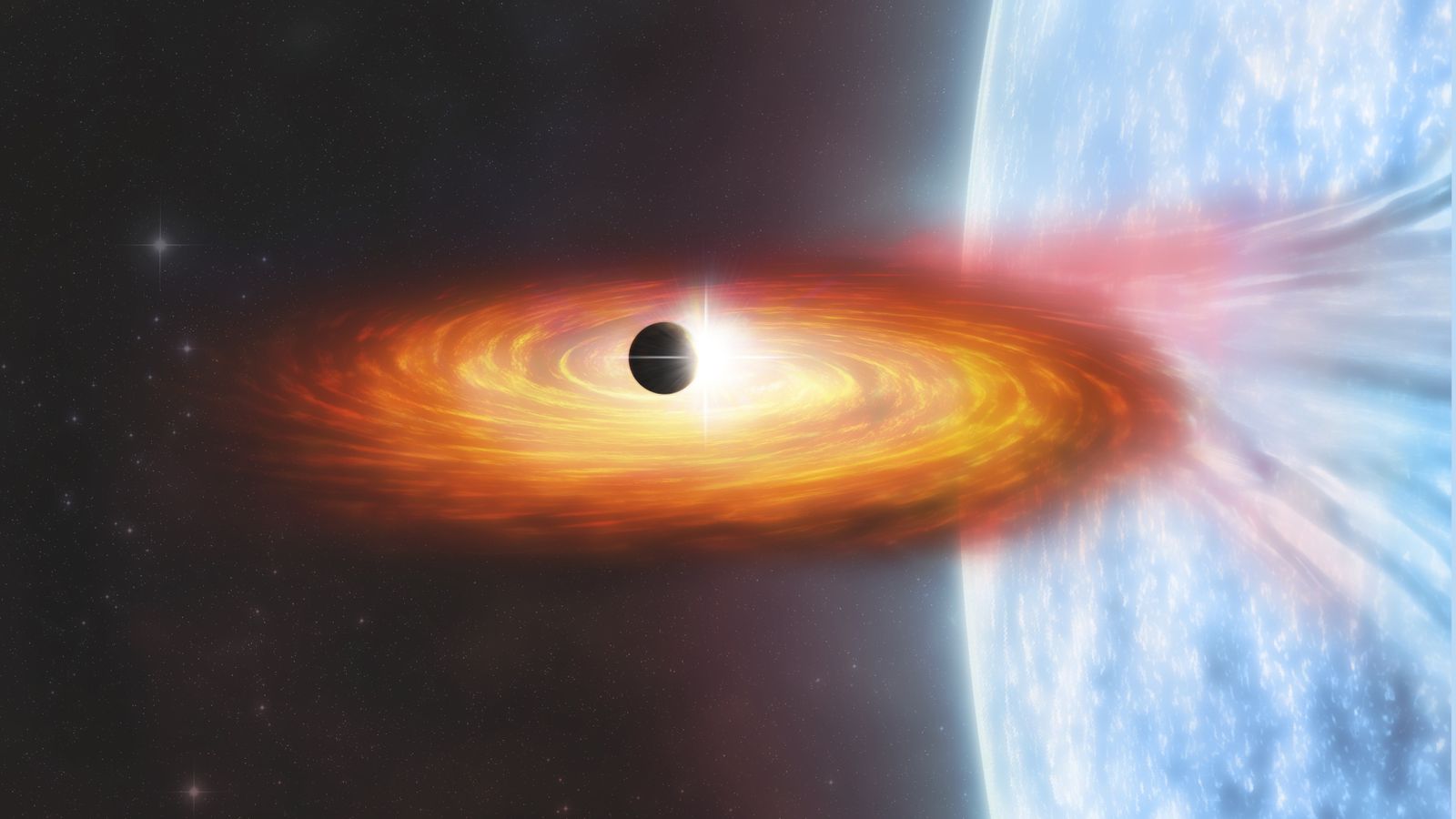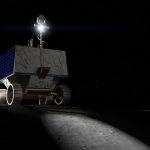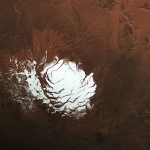Scientists believe they may have discovered the first known planet outside of our own galaxy.
The “possible exoplanet” – which has been found in the spiral galaxy Messier 51, also known as the Whirlpool Galaxy – is 28 million light years away.
It is thousands of times further than any other exoplanet previously found in the Milky Way.
It was detected by the Chandra X-ray Observatory, a NASA space telescope that is 86,000 miles away from the Earth.
The new discovery, which is “roughly the size of Saturn”, has been listed under the name M51-1 and been hailed as a breakthrough in the hunt for distant planets.
“We are trying to open up a whole new arena for finding other worlds by searching for planet candidates at X-ray wavelengths, a strategy that makes it possible to discover them in other galaxies,” said Rosanne Di Stefano of the Center for Astrophysics, who led the study that was published in Nature Astronomy.
Chandra detects X-ray emissions from very hot areas of the universe and the new result was based on transits, which happen when a planet passes in front of a star.
Facebook: Mark Zuckerberg says claims against company are attempt to ‘paint a false picture’
Facebook groups push people to ‘extreme interests’, says whistleblower Frances Haugen
Facebook whistleblower explains why Instagram is ‘more dangerous’ than other social media | Frances Haugen evidence to MPs as it happened
Scientists searched for dips in the brightness of X-rays and because the region producing bright X-rays is small, a planet passing in front of the star could block out most of them.
This makes it easier to spot than other methods – which look at how much light a planet blocks – because planets only block tiny fractions of the star.
More data is needed to verify the discover, however, its large orbit means it will not repeat the transit for another 70 years.
“Unfortunately to confirm that we’re seeing a planet we would likely have to wait decades to see another transit,” said co-author Nia Imara of the University of California at Santa Cruz.
“And because of the uncertainties about how long it takes to orbit, we wouldn’t know exactly when to look.”
NASA said if the planet does exist it “likely had a tumultuous history and violent past” as it currently orbits a neutron star or black hole with a companion star roughly 20 times that of the Sun.
Follow the Daily podcast on Apple Podcasts, Google Podcasts, Spotify, Spreaker.
The organisation added: “An exoplanet in the system would have had to survive a supernova explosion that created the neutron star or black hole.
“The future may also be dangerous. At some point, the companion star could also explode as a supernova and blast the planet once again with extremely high levels of radiation.”






















